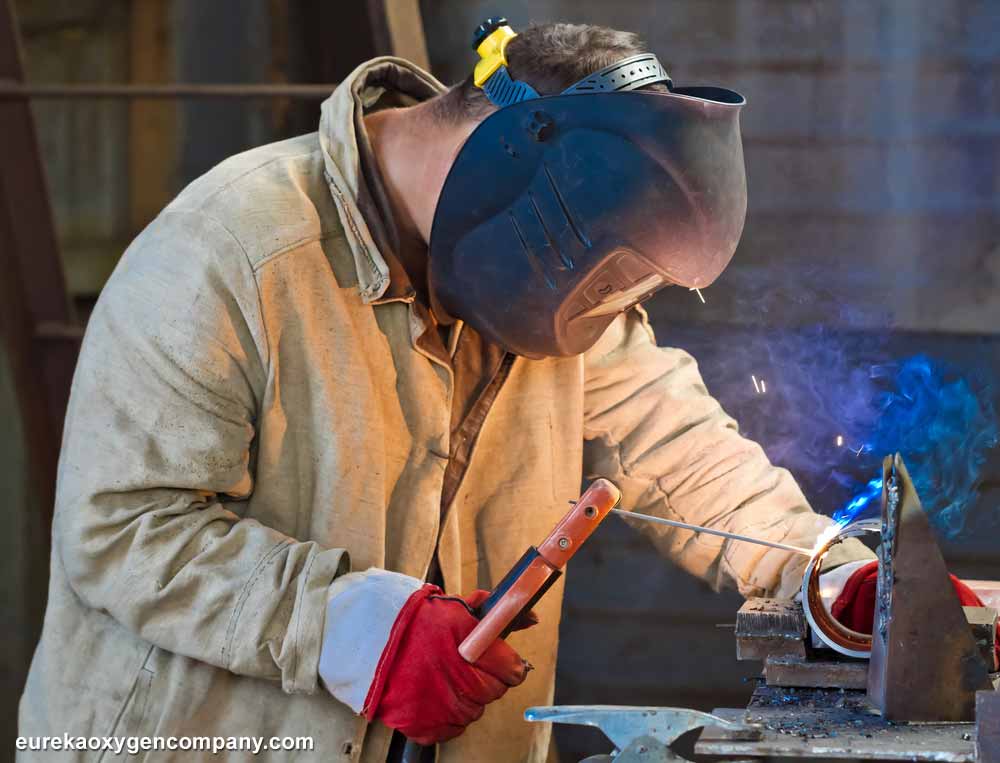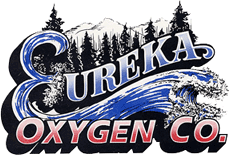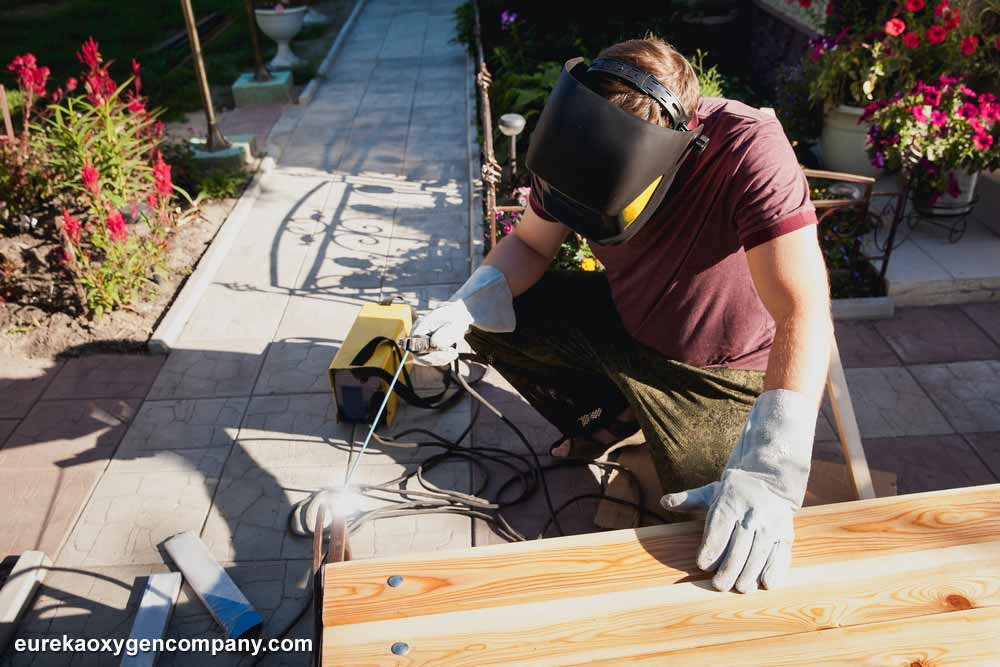If data from the Bureau of Labor Statistics is to be believed, at least 15 people lose their lives in the construction and manufacturing sectors yearly because of exposure to extreme temperatures. Also, many others report suffering from lost time away from work because of heat-associated injuries every year. This may include heat strokes, heat rashes, heat syncope, heat cramps, heat exhaustion, and vertigo to mention but a few. Granted, OSHA hasn’t yet established a universal standard when it comes to working in hot environments. Still, according to the OSHA Act, employers are mandated to do all they can to safeguard their workers from acknowledged work-related hazards. This includes all the heat-associated hazards listed above.
This governmental agency recognizes two main causes of heat stress in the workplace. These are the prevailing environmental conditions and the internal heat produced by undertaking physical exertions. However, in the welding industry, there is a third source of heat stress, which is the welding arc and the heat it exerts on the metals being welded. Other factors which come into play to compound this issue* include material preheating and the general avoidance of utilizing HVAC solutions to prevent the blowing away of welding shielding gases.
What is the impact of heat stress in the welding industry?
Besides comfort and health, there is growing evidence in this sector that heat stress impedes the welder’s capability to focus and execute those tasks which necessitate even a moderate skill level. This makes the welder work more slowly and significantly reduces their overall accuracy and efficiency. Since most welding applications demand high-quality welds, any mistakes made can be disastrous.

For example, errors that are undetected can be just what is needed to damage the reputation of a company due to the poor quality and reliability of their work. Additionally, such mistakes often prove to be a liability and can result in the company being taken to task for negligence if critical welds are produced with less precision.
There are yet other productivity issues that can affect welders who have to carry out their day-to-day tasks in hot environments. One best practice to counter the effects of heat stress in the welding industry is to encourage welders to take as many breaks as possible to stay hydrated and comfortable. However, this is always at the expense of their overall productivity. The welding sector is further compromised due to the general age of its workforce. Currently, the average age of welders in the country is in the mid to upper 50’s. These are individuals who are well known to be more vulnerable to the effects of heat stress than younger workers.
What are the right personal protective equipment (PPE) for welding in hot environments?
There is very little that may be done to influence environmental conditions or even the effects of the welding process that when combined give rise to incidents of heat stress. Yet, there is a wide variety of PPE, which are specifically made to make sure welders remain cool and comfortable when they carry out their work even in extremely hot environments. Among other innovative solutions, this includes lightweight and breathable protective clothing and full-body cooling units.

There are now belt-mounted cooling fans that are effective in countering heat stress. These products feature hose attachments that can be connected to welding helmets in a hassle-free manner. Belt-mounted fan systems set to work by constantly relaying cool air over the user’s face and entire head. The very best of these welding personal protective gear out there are in a position of reducing the temperature within the helmet by as much as 17oF.
Supplied-air respirators can also be invaluable in delivering great relief to a welder from the effects of heat stress. These innovative devices, like the belt-mounted fans, come complete with hose attachments that are designed to be connected with respirator-focused welding helmets. They go to work by not only filtering weld fumes and particles but cooling the welder via targeted air placement. Supplier-air respirators are quite able to minimize the temperature within welding helmets by no less than 50oF.
Another common issue that affects welders is they do not have the luxury to remove the layers of their protective clothing as the temperature rises. They must wear gloves, sleeves, jackets, and even helmets for their own safety. Fortunately, there have been recent advances gained in the materials used to craft these protective clothing and gear. This has allowed drastic reductions in weight and heightened breathability in welding PPE. This includes protective materials that can be worn over the standard cotton jackets, which deliver highly improved flame resistance. In the exact terms of heat stress, these products can easily serve as an ideal alternative to leather since they are not only lightweight but breathable too. This can substantially minimize the welder’s fatigue over time and ensure they remain cool and comfortable as they work in hot weather.
Eureka Oxygen is a leading vendor of top-quality welding equipment, welding supplies, and PPE including those that have been designed to offer optimal protection to welders working in hot weather. We also provide a variety of industrial gases including diverse welding gases and industrial equipment at any of our 4 locations.

